
We returned to Nam Du on a clear morning. The boat left Rach Gia wharf at dawn, gliding on the mirror-like calm water. Nam Du archipelago belongs to Kien Hai Special Zone, An Giang province, more than 100km southeast of Rach Gia coast, appearing blue and beautiful like in a dream.
As soon as I stepped onto the pier, I could clearly feel the breath of life here, simple, gentle and full of hospitality. The people welcomed guests not with flashy advertisements, but with friendly eyes: "Stay here, tonight there will be fresh squid caught." The homestay owner's simple words were like an invitation to the most intimate and complete experience, so that we could live like islanders, in the middle of the vast sea and sky.
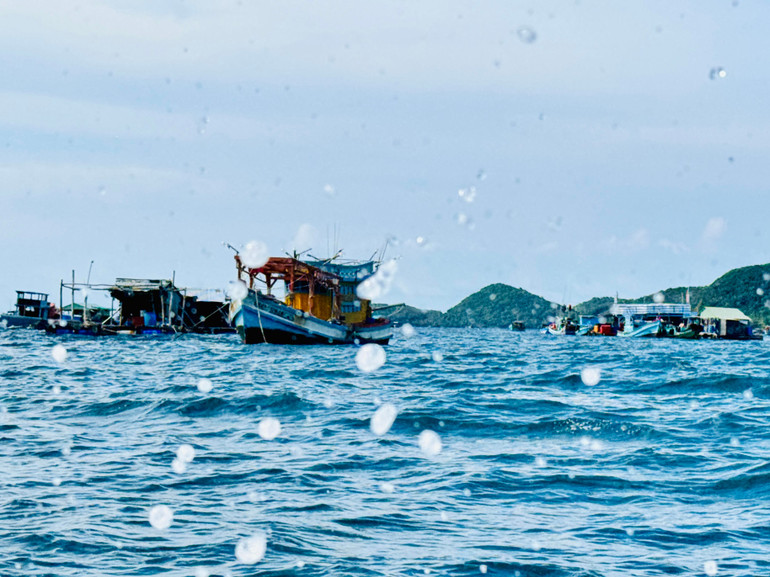
In the morning, we followed the fishermen out to sea. The small wooden boat rocked on the waves, the engine roared loudly, the smell of salt and sunshine blended into the characteristic salty taste of the sea.
Mr. Ba, the boat driver, said: “Before, we only knew how to go to sea. Now, there are many visitors, many families open homestays and small tours around the island. It is a new profession, but still preserves the old profession.”
I looked around: On the sea, tourist boats weaved between green mountains and small islands: Hon Lon, Hon Mau, Hon Ngang, Hon Hai Bo Dap… Each island had its own beauty, rustic and pristine.
At noon, I had lunch with the homestay family. Grilled fish, steamed squid, green vegetables, all fresh, sweet, simple but indescribably delicious. The kitchen owner smiled gently: “Guests staying at a local’s house, you not only get to eat delicious food, have fun, but also learn how people live by the sea.”
In the afternoon, I took a boat to Hon Hai Bo Dap, one of the most beautiful small islands in Nam Du. My friends often come here to admire the wild scenery, dive to see corals, and camp on the beach.
The sea here is gentle, the water is not deep, the reefs are spread evenly on the bottom, creating a natural home for countless marine creatures. When the sunlight penetrates the water surface, the coral reefs appear brightly colored, shimmering like a painting on the ocean floor. I let myself drift gently, watching that quiet world , where all the sounds are the waves and the breath of the sea.
According to comrade Ly Van Quyen, Secretary of the An Son sub-region Party Committee, Nam Du archipelago currently has nearly 5,000 people with more than 1,100 households, living on 11 out of 21 islands. The people mainly work in the sea and tourism, of which Hon Lon and Hon Hai Bo Dap are popular destinations for many tourists. In the evening, visitors can light a campfire, grill fresh seafood, or organize teambuilding games under the moonlight and sea breeze. If traveling alone, Nam Du brings a rare peace, just sitting on the sandy shore, listening to the waves, looking at the stars and letting the sea breeze gently touch your skin, is enough to feel your heart calm and at peace.
Nam Du archipelago has long stretches of white sand, the water is so clear that you can see schools of fish sparkling under your feet. Phuong PK, my close friend - who has been to Nam Du many times when it was still deserted, said that the best time to visit Nam Du is from December to March, because the sea is calm, clear and the weather is dry, suitable for swimming and outdoor exploration.
This time, I came in September, the sea was still calm and blue, but there were many more tourists. The amount of waste also increased, an issue worth paying attention to. Handling waste at sea is not only cleaning, but also protecting the coral ecosystem, marine life and the natural beauty of the island. Perhaps, the locality needs to have models for classifying and collecting waste right at the pier, homestay or campsite, so that tourists can easily do it. Boat owners and sea service businesses can join the island's "green tourism" campaign: Encourage tourists to bring personal water bottles, limit plastic products, and clean up trash after each trip. These are small things, but if maintained regularly, Nam Du will always retain its pristine beauty, a destination for those who love the sea.
In parallel, Nam Du can develop more community tourism models: Homestay associated with the sea profession, tours to explore small islands, rowing around the island... Each experience not only brings livelihood to the people, but also helps them become "ambassadors" to tell the story of their homeland's sea.
However, for sustainable development, Nam Du needs to learn from the incident in July 2024 where more than 700 tourists were stranded due to rough seas and strong winds, preventing the ship from leaving the island for many days. At that time, accommodation establishments proactively reduced room rates and supported tourists to stay safely, demonstrating the humanitarian spirit of the islanders. However, the incident is also a warning about the complete dependence on sea transport and the lack of disaster response plans.
To avoid a repeat, the locality should develop a clear risk management plan: an updated weather forecast system, a backup transport plan in case of ship shutdown, accommodation facilities that are qualified to receive long-term guests, and emergency response procedures in case of storms or low pressure. The government and the people can train together and conduct regular drills to help Nam Du tourism operate more professionally, safely and reliably.
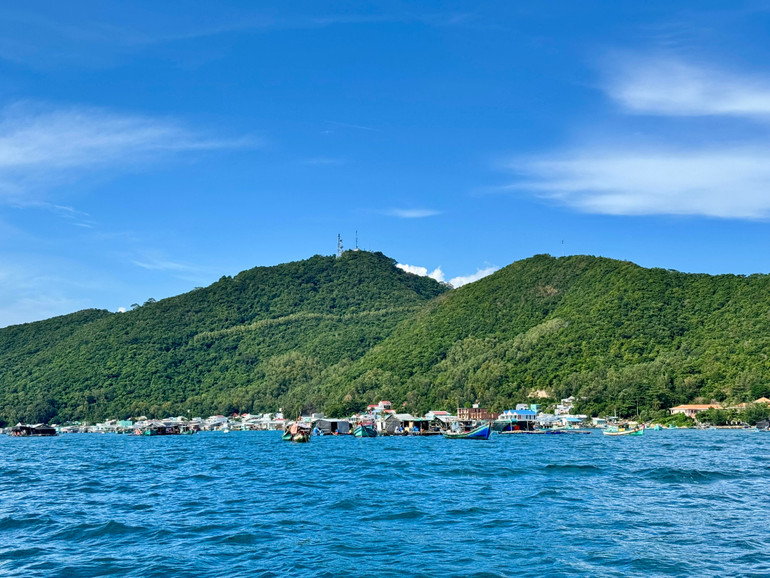
At night, I lay listening to the sound of waves lapping against the rocks. In the distance, the squid fishing lights twinkled like shooting stars. The sea breeze blew salty and gentle. I thought, perhaps Nam Du tourism does not need to be a noisy breakthrough, it just needs to go in the right direction: Preserving the soul of the sea, preserving the hearts of the people, and gradually upgrading to become more professional. Then, tourists will come not only to see, but to live together, love together and leave with a promise to return.
Nam Du is changing every day, preserving its wild beauty while gradually forming a sense of professional, green and kind tourism. Amidst the salty breeze and the gentle sound of waves, I believe that if every resident and every tourist contributes a small part, this archipelago will forever be a precious green gem of the southwest sea of the Fatherland.

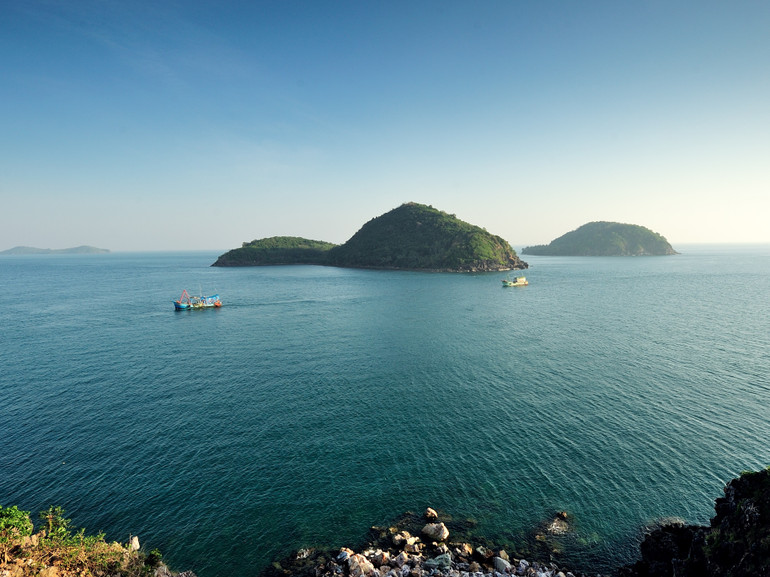
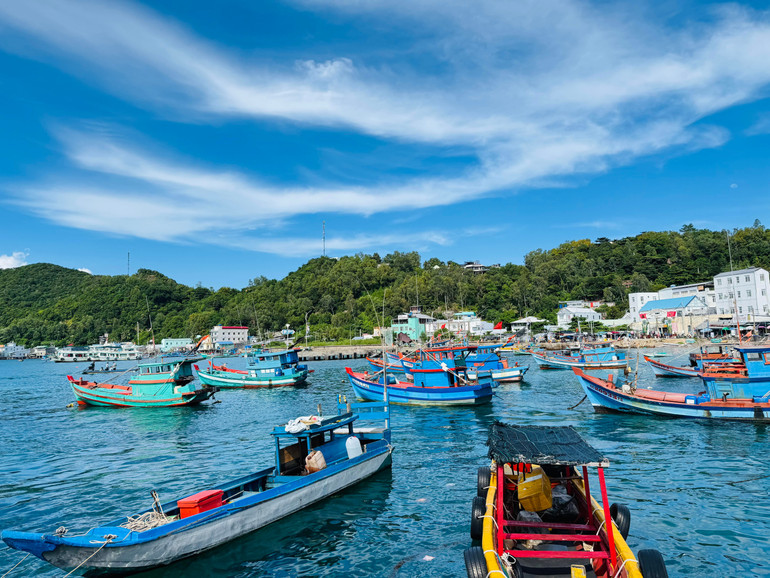

Source: https://nhandan.vn/nam-du-ngoc-xanh-giua-dai-duong-post916349.html


![[Photo] Ca Mau "struggling" to cope with the highest tide of the year, forecast to exceed alert level 3](https://vphoto.vietnam.vn/thumb/1200x675/vietnam/resource/IMAGE/2025/11/04/1762235371445_ndo_br_trieu-cuong-2-6486-jpg.webp)
![[Photo] The road connecting Dong Nai with Ho Chi Minh City is still unfinished after 5 years of construction.](https://vphoto.vietnam.vn/thumb/1200x675/vietnam/resource/IMAGE/2025/11/04/1762241675985_ndo_br_dji-20251104104418-0635-d-resize-1295-jpg.webp)

![[Photo] Ho Chi Minh City Youth Take Action for a Cleaner Environment](https://vphoto.vietnam.vn/thumb/1200x675/vietnam/resource/IMAGE/2025/11/04/1762233574890_550816358-1108586934787014-6430522970717297480-n-1-jpg.webp)

![[Photo] Comrade Nguyen Duy Ngoc holds the position of Secretary of the Hanoi Party Committee](https://vphoto.vietnam.vn/thumb/1200x675/vietnam/resource/IMAGE/2025/11/04/1762234472658_a1-bnd-5518-8538-jpg.webp)


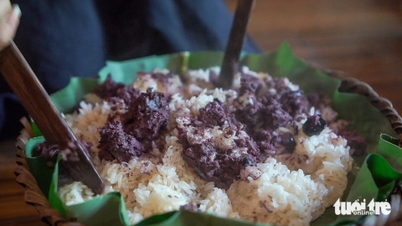






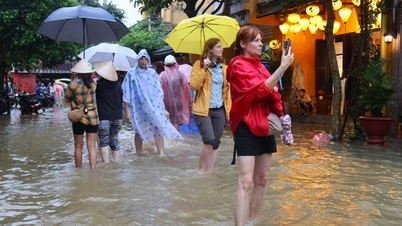







![[Photo] Ca Mau "struggling" to cope with the highest tide of the year, forecast to exceed alert level 3](https://vphoto.vietnam.vn/thumb/402x226/vietnam/resource/IMAGE/2025/11/04/1762235371445_ndo_br_trieu-cuong-2-6486-jpg.webp)




















































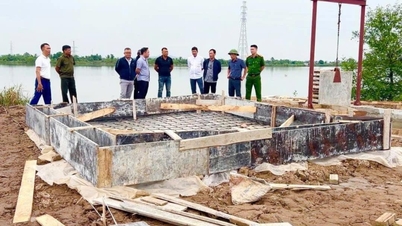

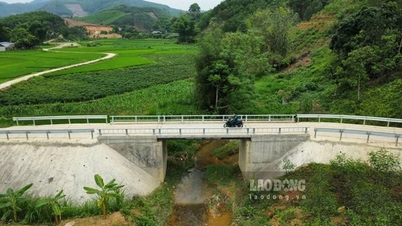




















Comment (0)